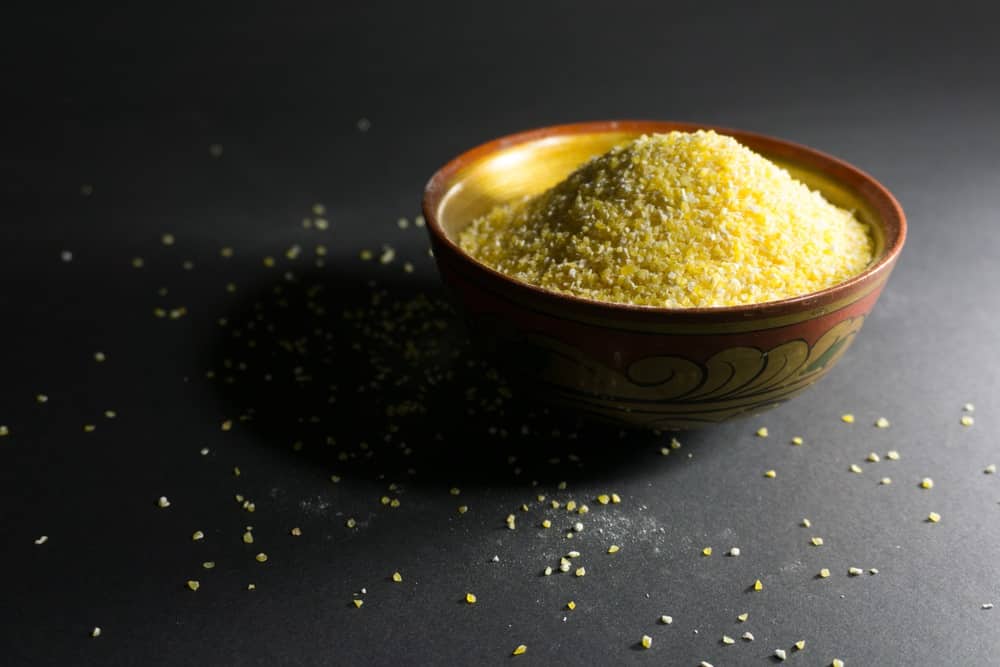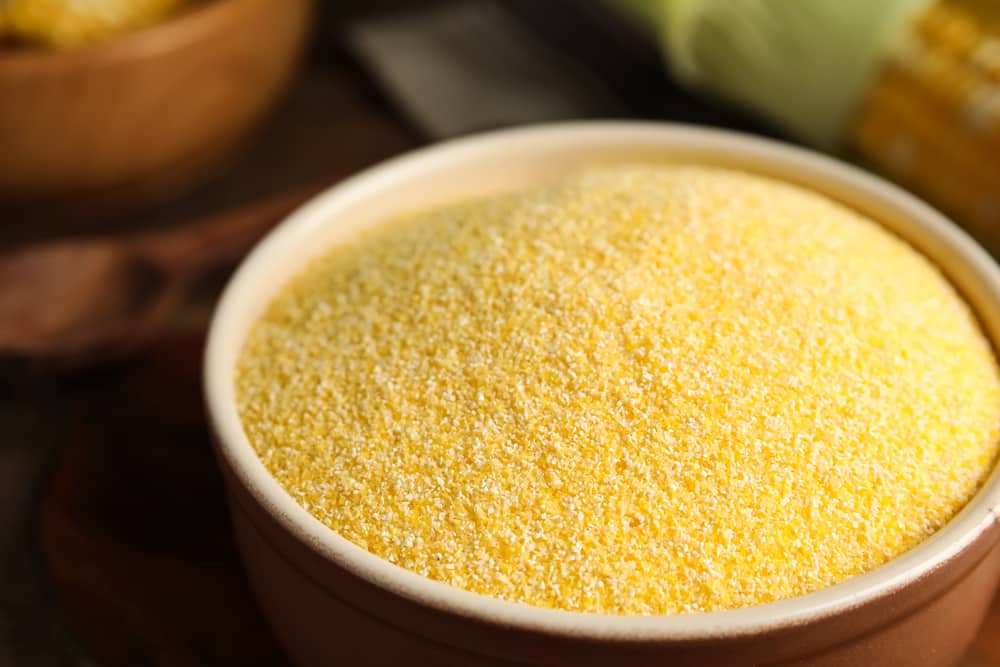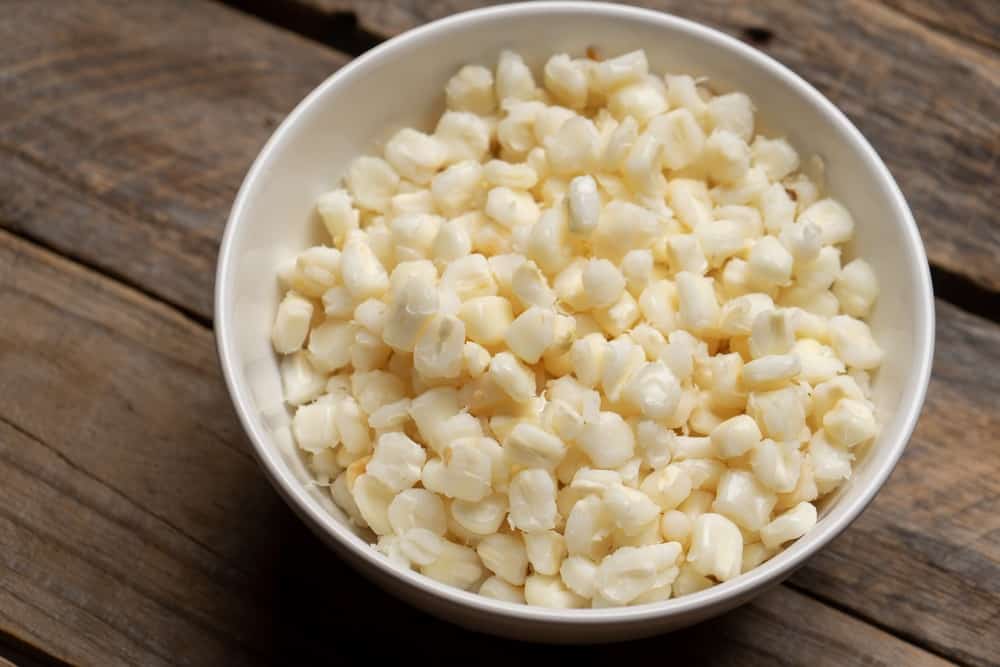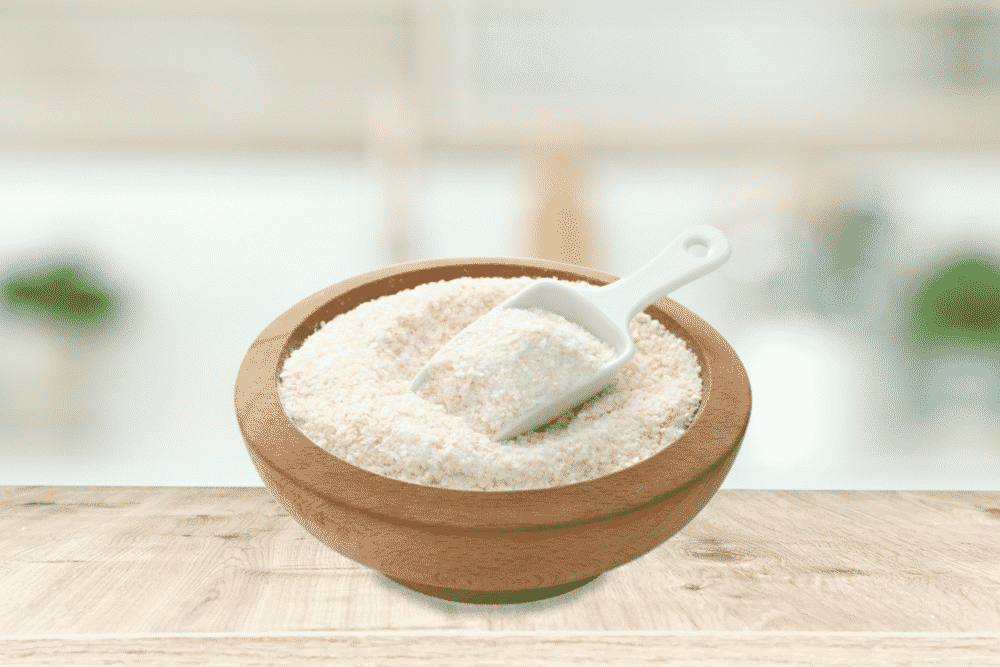
If you are a breakfast person, it is pretty much certain that you would be a fan of grits. On the other hand, grits also make a perfect side dish.
There are different ways to make grits so you might find a lot of different varieties of it available in various breakfast joints.
In case you are unable to find grits, you will definitely be able to find a close substitute if you know what you are looking for. In this article, we have compiled a list of suitable alternatives to grits, so that you can still enjoy your breakfast.
A major reason for grits being such a permanent breakfast favorite is also that it is packed with iron. When your breakfast is iron-fortified, it sets the right tone for other meals throughout the day.
Grits are a great source of this mineral and a regular serving of grits may be able to stop the occurrence of iron-deficient anemia. Since breakfast is the first meal of the day, it is best to keep it as healthy as possible.
Grits Substitutes
Grits are a staple dish in South American cuisine. You would rarely see a South American breakfast or brunch without grits on the menu. This dish is extremely easy to prepare. Grits can be boiled with milk or water.
Alternatively, you may bake them too. Generally, grits are grounded with a stone mill in different sizes, such as coarse, fine, and medium. They are available in yellow or white form; it depends on the variety of corn used.
It would not be wrong to say that grits are basically cornmeal mush. They are made of ground corn and dried corn. In addition to this, some varieties are made from hominy.
Grits can be easily found in grocery stores. Their starch content gives them a mushy and creamy texture. Once you are used to that delicious taste, there is absolutely no going back.
However, sometimes you may have to look for a suitable replacement for grits if you are out of the main ingredient. Read ahead to find out what substitutes will work best!
1. Cornmeal
In the first place, it is important to understand that cornmeal has a finer texture as compared to grits. Consequently, the finer texture will make sure that the recipe has a smoother result.
What makes cornmeal a great alternative to grits is that it is available in coarse, fine, and medium sizes. Generally, the cornmeal available in the grocery store will be fine. As compared to grits, cornmeal has a granular as well as powdery texture.
Some people also confuse it with corn starch, but these are two different things. Cornmeal can be added to recipes, and it can also be used for dusting the baking surfaces when people bake pizza or bread.
All in all, it will lead to a promising texture. On top of everything, cornmeal is a fine ingredient for deep-frying without compromising on the texture and flavor.
Even more, it can be used for making cornbread. As far as the varieties are concerned, cornmeal is available in different varieties according to the corn; it includes blue corn, white corn, and yellow corn.
It is an all-rounder ingredient that can serve many different purposes depending on what thickness of it you have available at hand.
2. Polenta
Grits and polenta are widely used for the substitution of each other and they give a somewhat similar end result to each other. Polenta has a finer and refined texture.
Polenta is native to Italy and is usually made from flint (flint is coarse ground corn). In addition, it has hard starch, which can result in a unique texture even when it is cooked.
For the most part, polenta is eaten in a creamy and hot form. However, some people also cool down polenta, after which it is sliced for sauteing and frying. The sauteed or fried polenta is added to improve the texture of the recipe.
In addition to this, it can be cooked with stock for adding flavor. For the most part, it can be cooked with cheese and herbs so that you can enjoy its creamy goodness without too much alteration to the taste.
As far as the availability is concerned, polenta is available in cooked as well as dry forms. It is also available in tubular form, so users can slice them up and cook them as they like.
3. Hominy
Hominy is known to be a different variety of grits. This makes it a great replacement for your conventional grits. The hominy grits have a white color because they are made after the removal of germ and corn hull.
For softening up the exterior hull, it may be soaked in lye solution or lime. In case you want to substitute grits with hominy, we suggest that you opt for dried hominy.
You might be considering how these similar things can be substituted for each other, but they have a different processing methods.
Hominy is processed from hominy corn and it undergoes a process named nixtamalization. In this process, the corn is treated with alkali and its pericarp is removed.
4. Southern Stone-ground Grits
The southern stone ground grits can substitute the old-fashioned and conventional grits. These are made from dried corn and are made by grinding them between two pieces of stones.
The southern stone ground has a coarse texture. As for the appearance, southern stone ground grits tend to have a rustic appearance.
On the other hand, it’s important to understand that there is no vigorous processing, so the shelf life will be much less. We suggest that you store the remaining southern stone-ground grits in the freezer so that they do not go bad soon.
It is important to understand that anything that you use as a replacement will not give the exact same taste and texture as grits.
But you can easily help yourself get over that late-night craving if you use polenta instead. Just remember to use a good quality cheese in your dish and you will be good to go.



